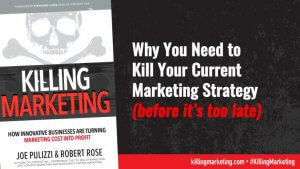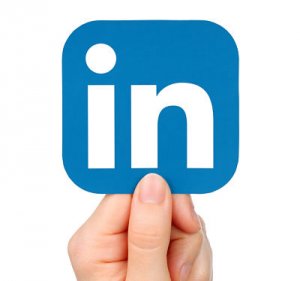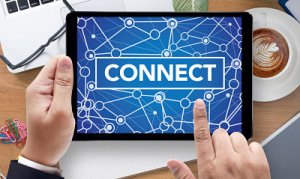What’s your mission?
October 4, 2017
 Last week we explored how critical it is for a business to have a clear idea of who they are and what they’re all about – mission, vision and values. My worry is that few owners have ever taken the time to actually articulate what their business is all about or made the effort to weave it into the fabric of the company.
Last week we explored how critical it is for a business to have a clear idea of who they are and what they’re all about – mission, vision and values. My worry is that few owners have ever taken the time to actually articulate what their business is all about or made the effort to weave it into the fabric of the company.
Hopefully you invested some time last week to really define your core values and are ready to dig into the mission and vision portion of defining your organization’s core.
Many people confuse mission and vision. Here’s how we define them.
Mission — what you do best every day
Vision – what the future is like because you do what you do best every day
No matter what you sell, from legal services to multi-million dollar medical devices – someone else sells what you sell. Yours might be a little better, a little faster or it might last a little longer but it’s got lots of decent competition. Our best clients don’t love us for what we sell but how or why we do it. That’s where our mission and vision come in.
Why would you invest the energy? First, we have to acknowledge that there are no bad customers. But there are definitely bad customers for us. Every dollar is not earned equally. We’ve all suffered from a wrong fit client. Because we’re not in alignment with them – it’s harder to make them happy. We end up investing a ton of time and energy trying to fit a square peg in a round hole. That hardly ever works. We expend an incredible amount of time, money and energy trying to meet their needs when the truth is – we weren’t the best fit for them.
That’s the beautiful thing about really understanding why your business exists and what matters most to you. That clarity will attract right fit customers to you and it will also repel the wrong ones.
Another big benefit of that clarity is that when you define your why, as Simon Sinek encouraged us to do in his book, Start With Why, it also helps you find employees who share those beliefs and will stand along side you as you delight your right fit customers.
So how do you figure out what your mission and vision are? The key to doing this well is not settling for a superficial answer. Remember that your mission statement is what you do best every day. This statement should be from your customer’s point of view.
Why do you work so hard? How are you changing your sliver of the world?
If you’re having trouble articulating what you do best, try this. You know that feeling you get every once in awhile when everything falls into place and deep in your soul you think — THIS is why I do what I do? Figure out what triggers that feeling and odds are it’s a pretty good clue to your organization’s mission.
Unlike the mission, the vision is from your company’s point of view. Why are you putting in the effort? What are you trying to accomplish? What will be true for your organization if you deliver on your mission every day?
The trick to doing this well is pushing past the expected. If most of your competitors could claim your mission or vision – you haven’t dug deep enough. It needs to be uniquely yours, so keep pushing until you get to that level.
When you do this well, it’s evergreen. Just like our personal values and purpose rarely change – the same should be true of your company’s mission, vision and values.
Invest the time to do this well and then reap the benefits of knowing exactly who you are and who you are not.
More









